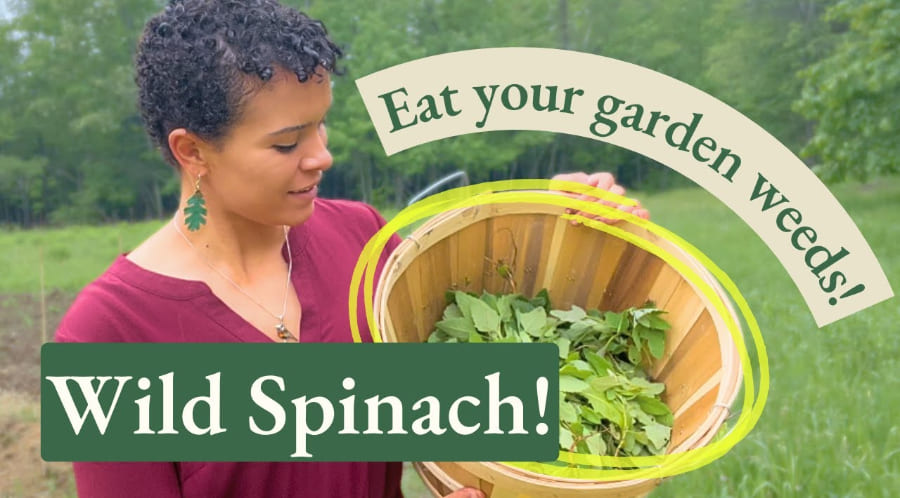Identifying wild spinach in summer
Wild spinach identification, also known as ashes, has become one of my little summer pleasures. There is nothing like being outside, taking a deep breath, and finding that nature offers us free, healthy food.
Every time I walk on the trails or check my garden, I see them: wild spinach. It grows freely among the vegetables. Has it ever happened to you? You bend down to pull up what you thought was a simple weed… and it turns out to be an ancient edible gem.
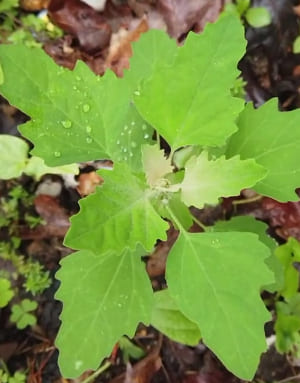
Wild spinach identification (ash)
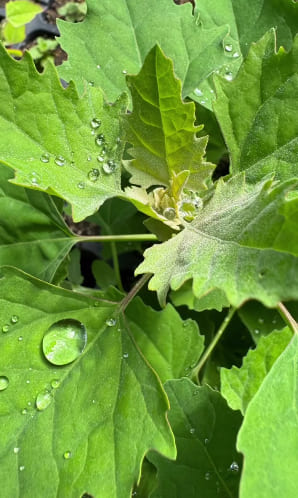
Learn to recognize this nutritious plant
Ash, also called wild spinach or goosefoot, is a very prolific, easy-to-identify, nutrient-packed edible plant. Its appearance may seem inconspicuous, but once you get to know it, it jumps out at you.
The leaves are diamond or star shaped, and can range from narrow and pointed to rounded. They have serrated edges and a unique texture. This texture has a waxy coating that repels water. This coating helps identify the plant and protects it from insects.
A personal trick? Spray water on the leaves: if you see droplets forming and sliding like pearls, you’re probably looking at an ash. I love that moment: it’s as if the plant is telling me “yes, it’s me”.
Beware of your poisonous doppelgänger!
A key point to remember when identifying wild spinach is that there is a similar plant called hairy nightshade. This plant is very toxic and dangerous. Its leaves may look similar, but they feel hairy to the touch, while those of the ashes do not. Their flowers also give away the difference: those of the ash tree are green and inconspicuous, while those of the hairy nightshade are white.
Do you realize how important it is to look closely? Nature speaks to us, but you have to know how to read it.
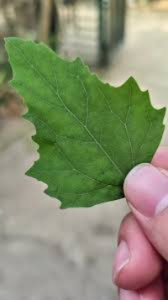
Respectful and effective harvesting
When and how to pick wild spinach?
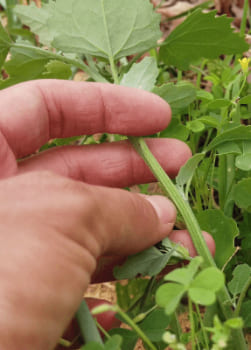
I prefer to pick only the leaves and leave the plant intact, as a small act of gratitude to the earth. I look for healthy, whole leaves, ideal for cooking. The young, smaller leaves are perfect in salads.
Another technique I find effective, especially with many plants around, is to cut tender shoots at ground level. Then, quickly submerge them in water to keep them fresh. If the stem breaks easily, you can use that too; if it is woody, simply remove it and wait for new stems to sprout. This way, you not only harvest, but encourage new growth.
I discovered an interesting tidbit: older leaves may turn bitter, yet you can still cook them with onion and garlic for a flavorful dish. And they are delicious!
Careful cleaning before eating
I always recommend washing the ashes well, even if they come from your own garden. I dip the leaves in cold water and shake them with my hands to remove soil or small insects. Then I run them through a vegetable spinner to remove excess water.
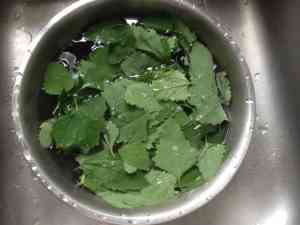
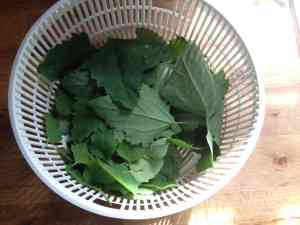
There’s something therapeutic about this, don’t you think? Washing what you’ve picked yourself connects deeply with what you’re about to eat.
Cooking wild spinach with ancestral flavor
Quick and delicious recipe
The first time I tasted sautéed ashes with garlic, I was surprised at how much they resembled cooked spinach. Since then, they have been a staple in my summer kitchen.
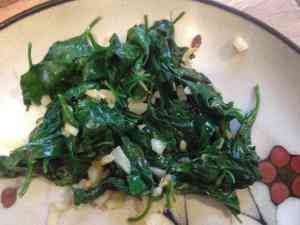
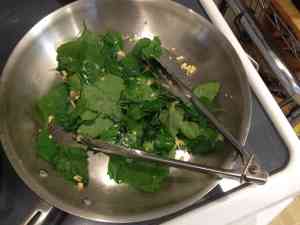
Heat some olive oil, add chopped garlic and let it release its aroma. Then add the leaves, a touch of salt, pepper and a squeeze of lemon. It is simple, but powerful.
If the leaves are a bit older and their flavor is strong, you can use them in soups, stews or mix them with rice. If you have kids, make them a “green pizza” with sautéed leaves on top. You will see how it becomes a dish full of character!
What if your garden has more than you thought?
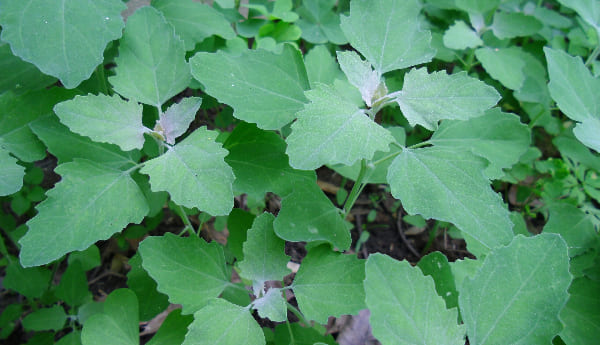
Ash is not only delicious and affordable, but one of the most nutrient-rich plants around. It contains more vitamins A and C, calcium, potassium, magnesium and riboflavin is something many cultivated vegetables don’t have.
And you, have you tried identifying and harvesting your own wild spinach?
Guides to learn more
If you want to learn about Wild spinach identification and other edible plants, I recommend a book. The author named the book *Edible Wild Plants: A Field Guide to North America*.
The organization has sections for each season. It includes photos and habitat details. It also shares tips for harvesting and preparing food. Additionally, it warns about toxic plants.
I take it on every hike, and it has saved me more than once from confusing similar plants.
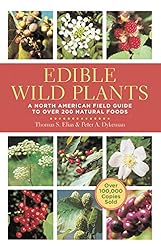
‘If you like quelites, you might also enjoy going out foraging for wild blueberries in season.’

